WHAT TO PACK
Guatemala is a tropical country with a generally pleasant climate that’s earned it the name “land of eternal spring.” But temperatures vary widely depending on elevation.
The coastal areas tend to be warmer throughout the year, while the mountainous highlands can get very cold at night and in the early mornings, even during the summer months.
So, if you’re visiting during the rainy season, bring warm clothes and layers for everywhere you go, even for the mornings and evenings on the coasts. If you’re visiting during the dry season, still bring a couple of layers for the evenings and mornings for the higher elevations.
If you’re doing any treks or hikes in either season, make sure you have any specialized clothing or equipment you might need.
Electrical outlets in Guatemala are Types A and F. So if you’re from the U.S., you won’t need an outlet adaptor. But British, European, and other travelers will need an adaptor.
What To Wear
More casual and conservative clothing is the practical and respectful choice when traveling here. Guatemalan women usually wear long skirts or dress pants, and men wear long trousers. Capri pants, jeans and skirts below the knee are common choices for travelers.
You should NOT wear anything sleeveless. Showing your shoulders would be disrespectful, and many of the churches and sites wouldn’t let you enter. It’s okay for children to wear shorts, but adults should only wear shorts on the beach.
No matter what time of year you visit, bring your most comfortable shoes! Almost every street in every city and town is cobblestone, and you’ll want sturdy shoes for any hikes you do. If you’re visiting in the rainy season, bring at least two pairs of shoes! One pair will be soaking wet by the end of the day, so you’ll want a new pair the next day while the other dries.
Have you been here? If so, comment below with anything you’d add to this Guatemala travel guide!
Shop My Guatemala Essentials
 Destinations
Destinations Packing
Packing Travel Tips
Travel Tips
 Photography
Photography Points & Miles
Points & Miles Credit Cards
Credit Cards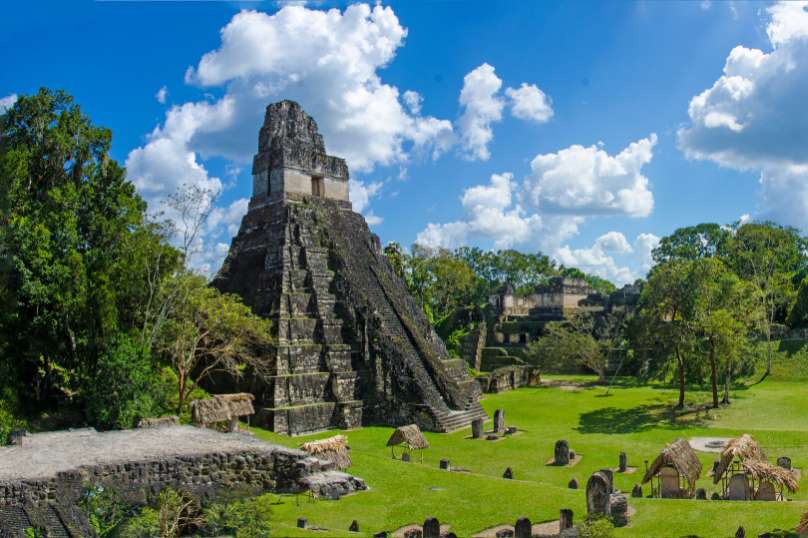
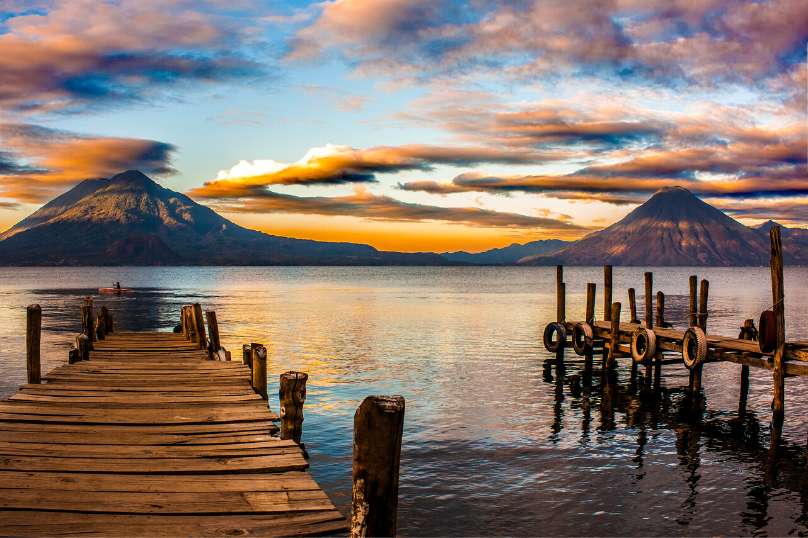

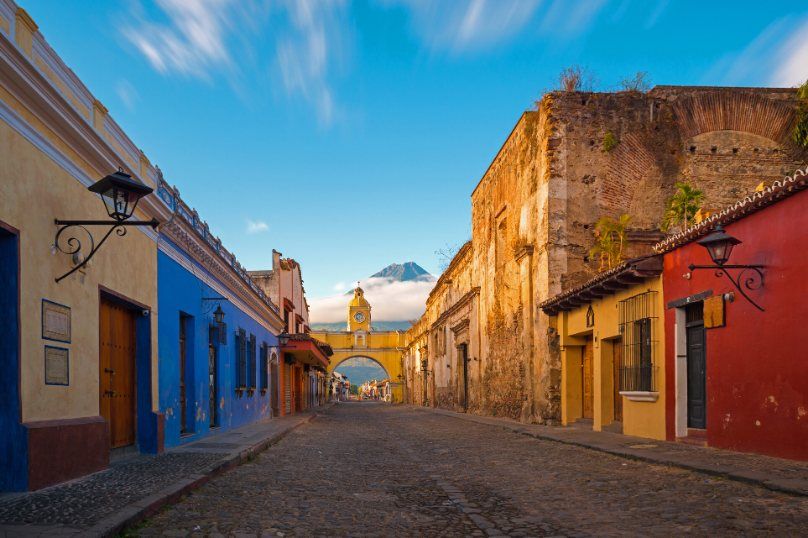

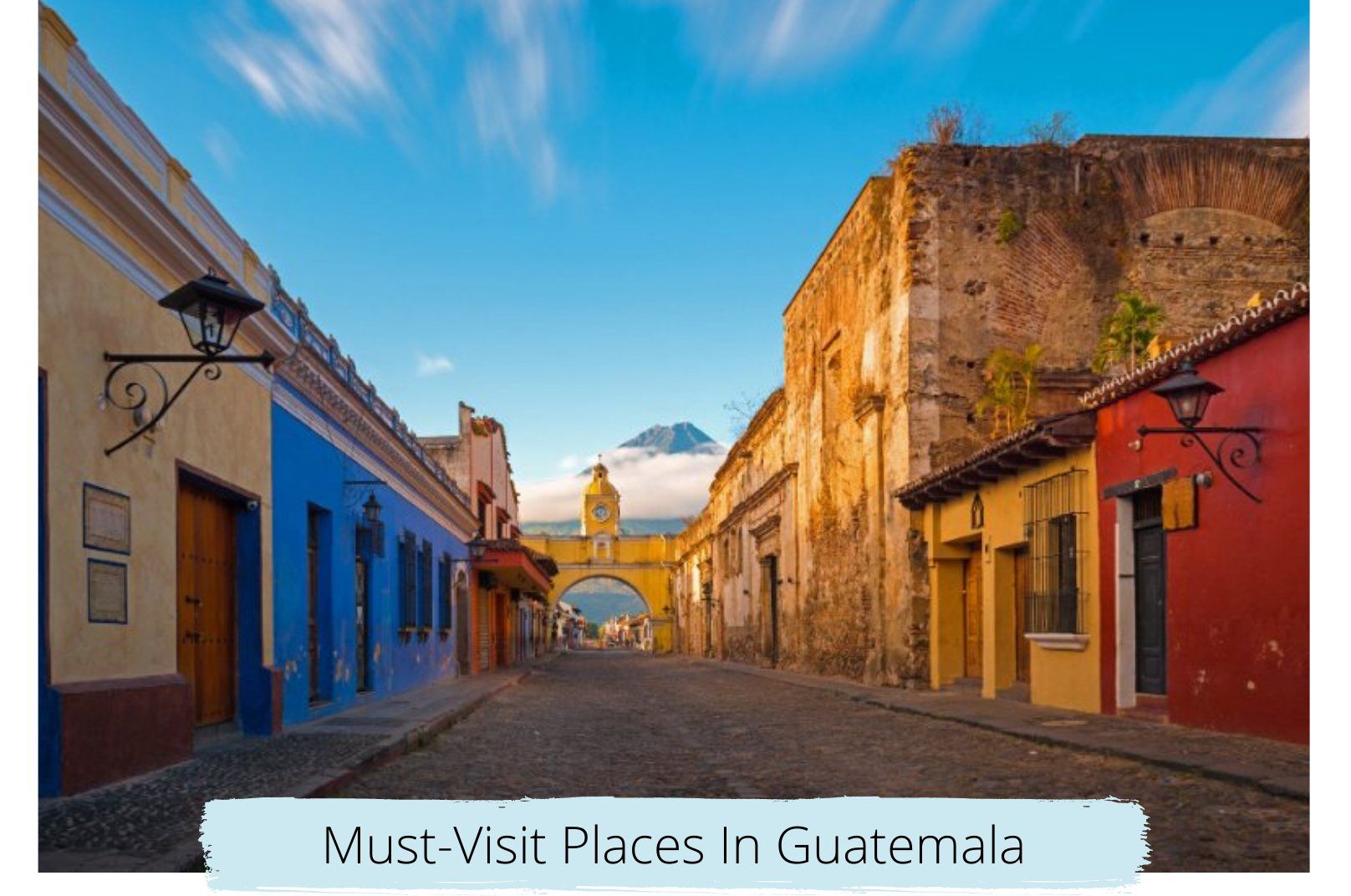
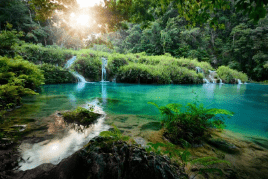

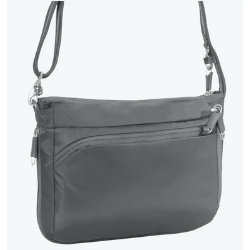




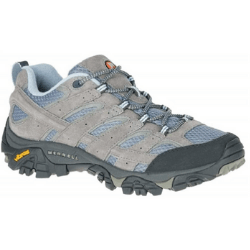

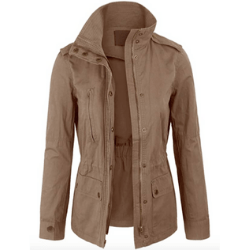


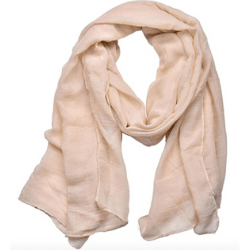
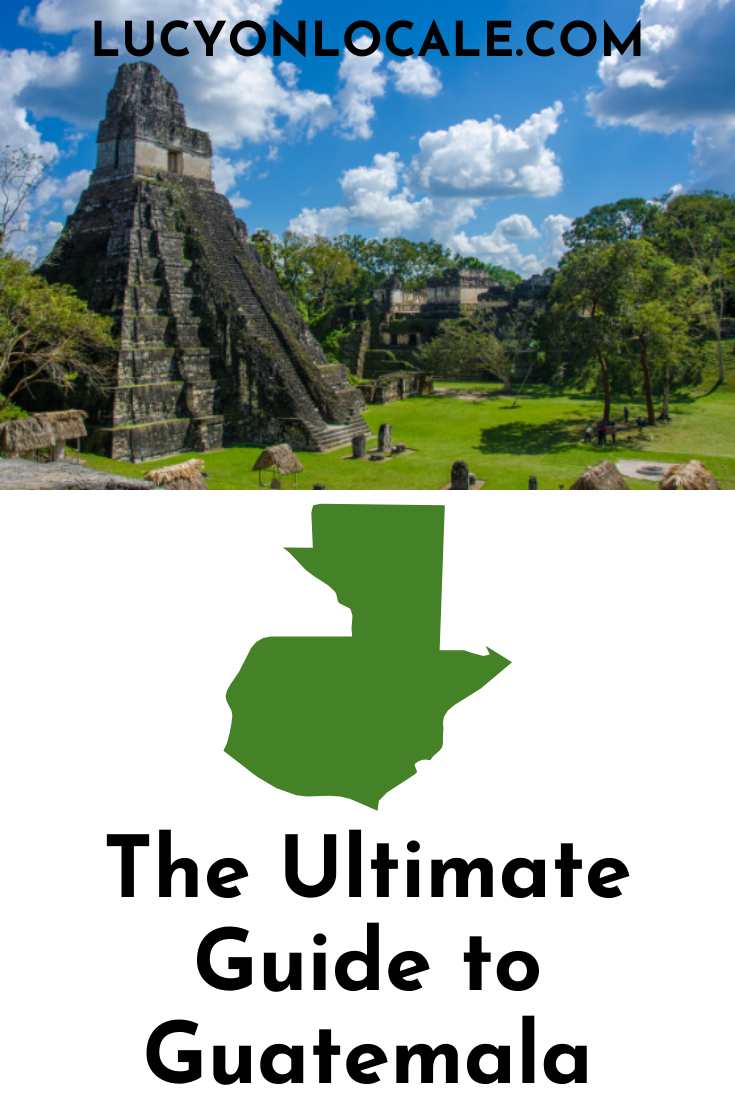





Farrah
I’ve never been to Guatemala but I have a friend who’s been several times and I’d love to go someday! *-* “Land of eternal spring” sounds magical! <3 Thanks for putting together this guide!